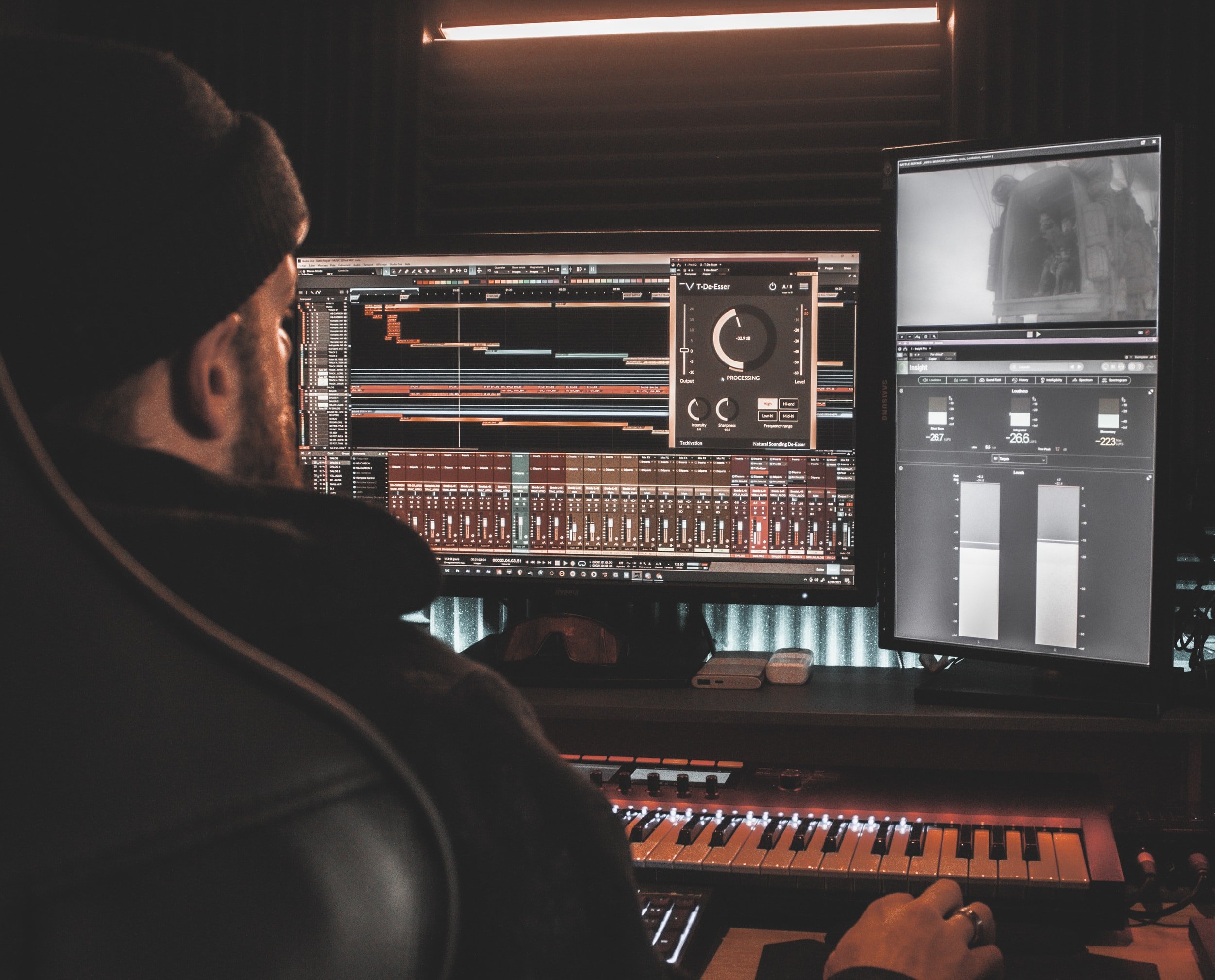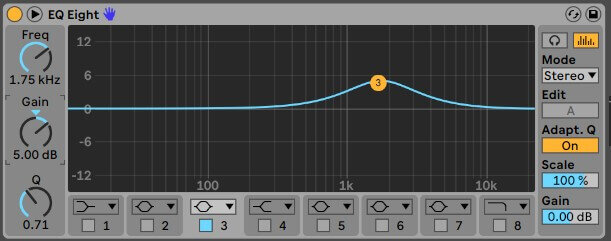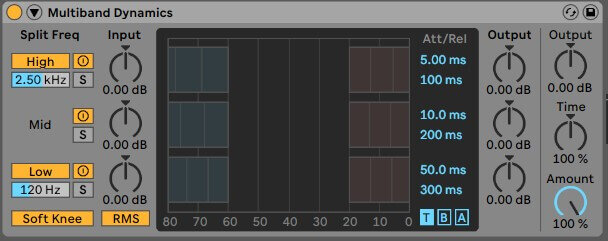Thanks to music streaming and digital music platforms, independent music artists have the ability to make and release their albums, from creating the music to releasing it for licensing or streaming. Working with a record label has become a thing of the past for many music artists. Musicians also have the advantage of keeping all rights and ownership and deciding where they want to submit and distribute it.
When it comes to mixing and mastering your music, this is where many artists can fall short in the quality of sound. Sound engineering knowledge is not easily accessible. The most technically savvy and professional audio experts understand how the most subtle alterations and modifications can affect the overall sound, tone, and message within a piece of music.
Some musicians may not realize the importance of professional mixing and mastering. However, as an independent musician, even if you have a DIY approach to your music, you should research and look into the benefits that investing in professional mixing and master can offer for your music career.
WHAT IS MIXING AND MASTERING, EXACTLY?
Music mixing and music mastering are two different things but typically are combined since they complement one another. Mixing is the adjustment and combination of audio files together, while mastering is the fine-tuning of the entire audio to give it the best sound when listening.
Many music artists, even those with the equipment for good sound quality, don’t always know what they are listening to or looking for when attempting their own mixing and mastering. The mixing process being the first step is one of the most vital parts to creating balance with instruments, electronic sounds, and voices. Mastering is the final step before making your songs ready for distribution and licensing.
To provide a little more explanation, let’s break down each element:
Audio Mixing: The process of mixing involves taking the recordings of individual tracks, be it voice or instrument, and converting it into the stereo or multichannel format, or more plainly, blending all of the individual parts that make up a song and creating a “put together” version.
You will be doing the most editing with the mixing since this is where you will blend chopped-up, recorded parts and layer them together. If you have a good ear, you might attempt to do this yourself, but you have to understand voices and instruments to reach the correct highs, lows, mids, and everything else in between.
When creating the audio mix, you will utilize audio software and the main objective is to balance all of the individual tracks together. It may require:
Applying filters, such as highpass, lowpass, fades, EQ, reverb, and compressors to create a balanced mix;
Adjusting pitch and tempos to match up timing and correct keys;
Balancing the track levels (may require you to listen between speakers to develop the stereo sound); and
Ensuring every track can be heard when played together.
Depending on the audio software you are using, you may need some filters and plug-ins, possibly even a bundle, to obtain all of the filters and changes you can make in the recordings. Then, once your mix is complete, you can move into the mastering.
Audio Mastering: Mastering is the final process of polishing the mix into the best presentation for distribution. The main objective with mastering is to enhance and advance your already well put together mixture in a final form for listeners.
When developing the mastering, you will utilize more fine-tuning skills with your audio filters, such as EQs, stereo wideners, and saturation, giving the mix a streaming-friendly sound. Mastering is a separate process from mixing, but sometimes engineers, especially more expert sound engineers, can do some mastering while they are mixing. It is the stage where a track is assembled and adjusted for its final, cohesive flow. Don’t forget in this stage to add Fade-ins at the beginning and end of the track, as well as labeling and noting your metadata.
If you are a beginner, this production process can be highly time-consuming. You need to wait until your mix is finished before doing any of the mastering so that you have the opportunity to listen to the track multiple times on different devices and be sure that you are ready for that next step. Of course, the better option would be to utilize a professional in mixing and mastering.
GET A LEG UP ON THE COMPETITION
With internet music streaming and a plethora of music libraries and playlists out there for people to listen to, musicians are always looking to find ways to stay ahead of the trend. One of the most effective ways to help your music stand out above other independent musicians is by working with professional sound engineers who have vast experience with the most updated technologies and audio hardware.
Professionals in mixing and mastering can provide your tracks with more than just more precise sound. You will need those types of results to ensure that your tracks are the ones people listen to and say “wow.”
Many sound professionals understand what it takes to ensure that your music ends up being featured and distributed through a library of music to license for your videos. They also have the know-how to correctly format your music digitally to give you all the most searchable terms for creatives to choose your music for their projects.
LEARN ABOUT IMPROVING YOUR AUDIO
Sound engineers spend countless hours listening to sounds and can detect unwanted noises, hums, or other changes that affect the overall quality of your music. So you should do yourself a favor and find out if you can sit in while they work or listen to the quality from the rough recording you made versus the finalized product after being mixed and mastered. You will be surprised at how different they will sound.
Many mixing and mastering services or engineers understand all of the terminologies that go into their craft. If you want to ensure that your musical tracks are being taken care of properly, you should too.
It can help you know things like depth, volume control, EQ, reverb, and more since these are the tools used when creating the master recording. Even though you may not be using them right away, if sound engineering interests you and you have an excellent ear as a musician, it doesn’t hurt to learn something new.
SAVE YOURSELF TIME AND (WASTED) MONEY
If you do not know how to mix and master yourself, don’t try it blindly. The process of mixing and mastering tracks can take time, and it requires a good ear and a lot of dedication and patience. In addition, if you are not trained in the art of how to utilize audio programs and plugins, you will spend way too much time trying to get it right when it comes to your music.
Not every piece of audio hardware or software is the same, either. Based on things like your music style or genre, you may not know what the best type of equipment is to buy, and you could end up wasting your money on programs that do not benefit the sound you desire. Instead, save yourself time and money by putting it towards hiring and working with a professional sound engineer.
GAIN CONSISTENT SOUND QUALITY AND RECOGNITION
Many independent artists and musicians dream of the day when their songs can be immediately recognized when just the first few notes or bars are played. One thing that hiring a sound engineer can do for your music is just that - give you that perfect level of dynamics and achieve that sound that people will be able to recognize right away.
Engineers will create smooth transitions to make it sound like it was recorded in just one take. But, of course, sound quality can vary depending on multiple factors, even if you have a decent home studio setup. Also, when you’re not recording it all in one session, it is sometimes easy to detect when things are cut off or changed. But, with a mastering expert on your side, they can eliminate all of that for you.
ENHANCE YOUR STATUS IN THE MUSIC INDUSTRY
While you can always attempt to mix and master your music on your own, there are many added benefits to working with a sound professional. The mixing and creation of a master recording are some of the most vital pieces of music production, and they can make or break you as a true musical artist.
From understanding the need to create the best high-quality sound to provide you with a format that will ensure your music gets heard, there is no excuse not to utilize a tech-savvy sound engineer for your tracks. They can help you learn more about the importance of audio and create the big picture sound that reflects your music in the best light.
Written by Nicole McCray
-
If you need further help creating your own music, we offer audio production and online mixing and mastering services that will help you elevate your sound and bring your song to life!
We look forward to being a part of your success.






















